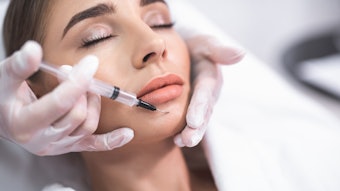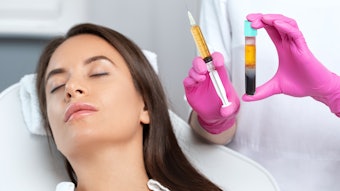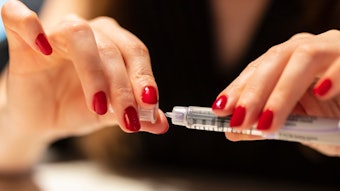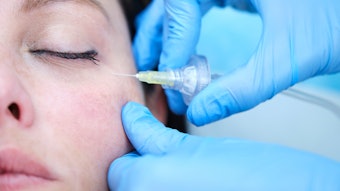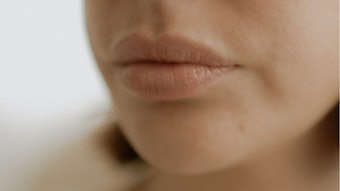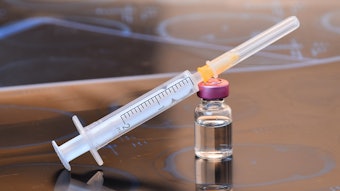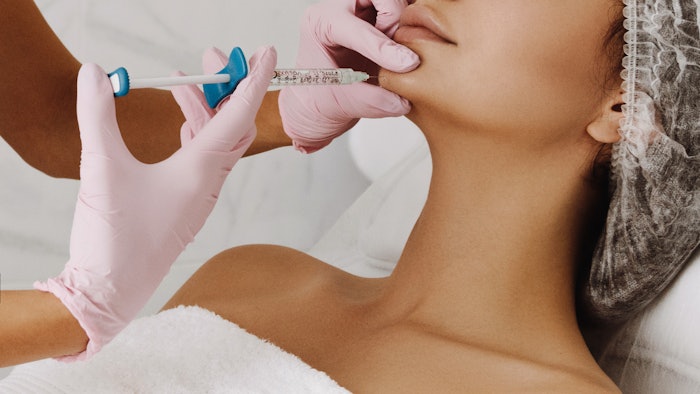
A study published in the Aesthetic Surgery Journal (March 2021) characterized the rheologic properties of polymethylmethacrylate (PMMA)-collagen gel for comparison with other available fillers.
Bellafill PMMA-collagen gel filler (PMMA 20%, bovine collagen 3.5% and lidocaine 0.3%, Suneva Medical) was comapred to: NASHA-L (cross-linked HA 20 mg/mL and lidocaine 0.3% gel; Restylane-L, Galderma Laboratories), HYLACROSS Ultra XC (cross-linked HA 24 mg/mL and lidocaine 0.3% gel; Juvéderm Ultra XC, Allergan), VYCROSS XC (cross-linked HA 20 mg/mL and lidocaine 0.3% gel; Juvéderm Voluma-XC, Allergan), CPM gel (cross-linked HA 22.5 mg/mL; Belotero Balance, Merz North America), and CaHA (standard and +lidocaine CaHA gel; Radiesse, Merz North America).
Related: Subclinical Glandular Inflammation Seen in Cosmetic Filler Patients
The researchers measured complex viscocity (η*) and elastic modulus (G') for each filler at 0.7 Hz in triplicate according to standard procedures on a rotational rheometer fitted with a 40-mm steel plate at 25° C on a Peltier plate (500-μm gap).
The measured η* and G' values for HA and CaHA fillers correlated with previously published data. The difference in η* between CaHA (mean [standard deviation], 358.9 [21.56] Pa-s) and PMMA-collagen gel (656.41 [68.03] Pa-s) was statistically significant, as was the difference between the G' of CaHA (1424.8 [83.3] Pa) and the G' of PMMA-collagen gel (2815.27 [304.07] Pa).
PMMA-collagen gel exhibited the highest η* and G' of all tested fillers. The authors noted that it is likely that these properties establish an increased lifting and support capacity in areas where long-lasting revolumization is appropriate. Therefore, PMMA-collagen gel appears to be well suited for treatment of acne scars and injection into the supraperiosteal plane in the temple, chin, mandible and piriform by a retrograde linear threading technique.


